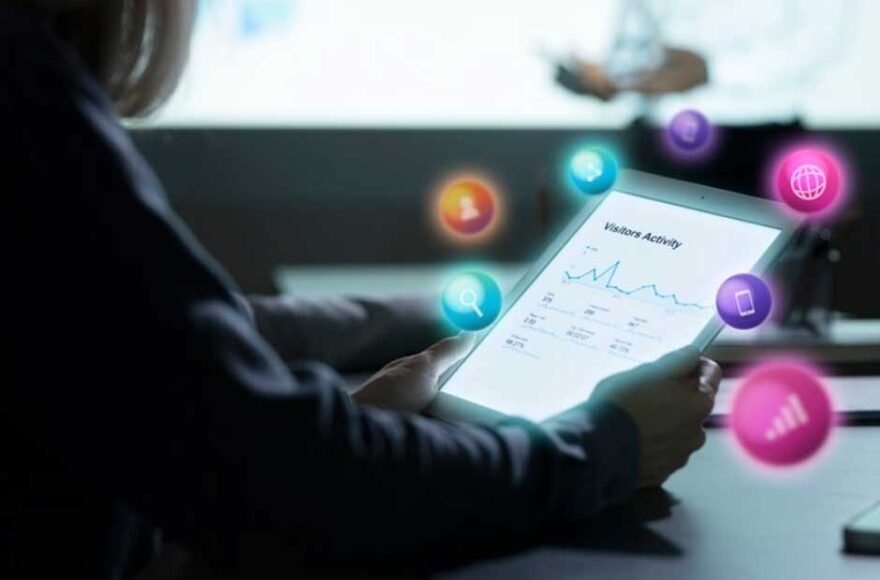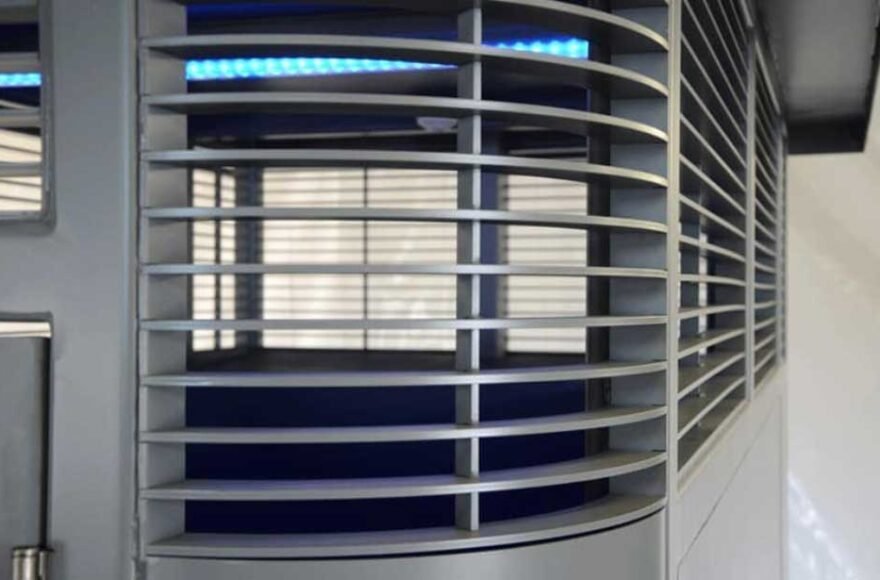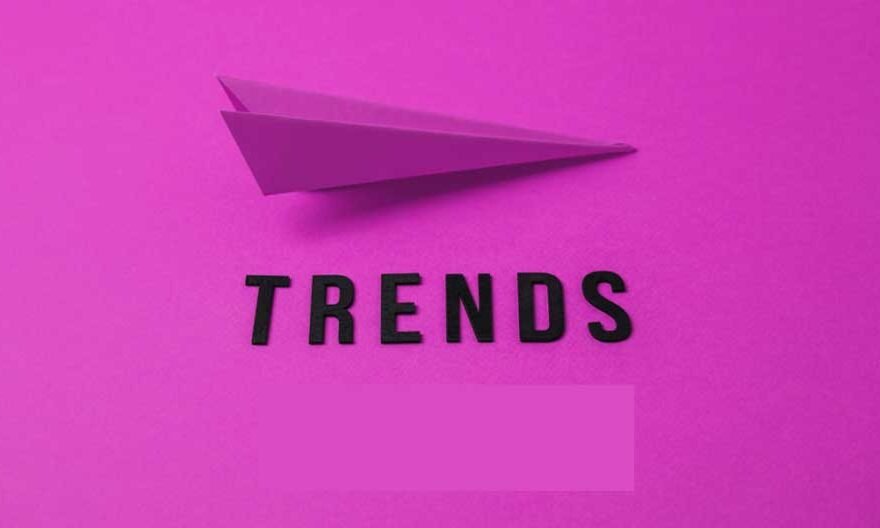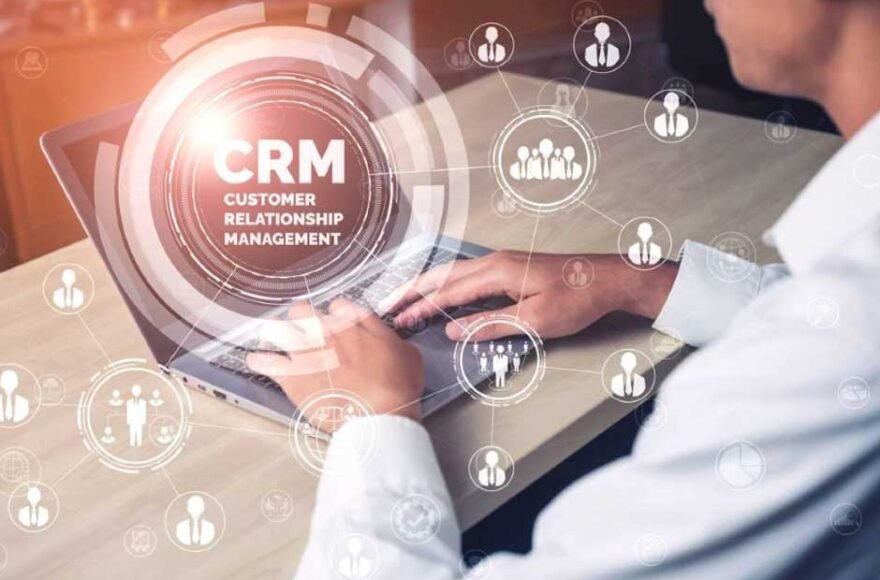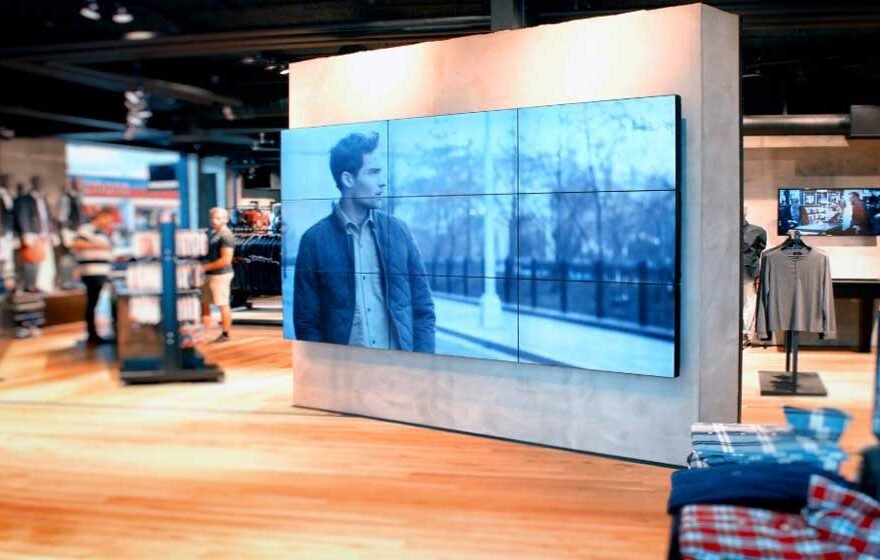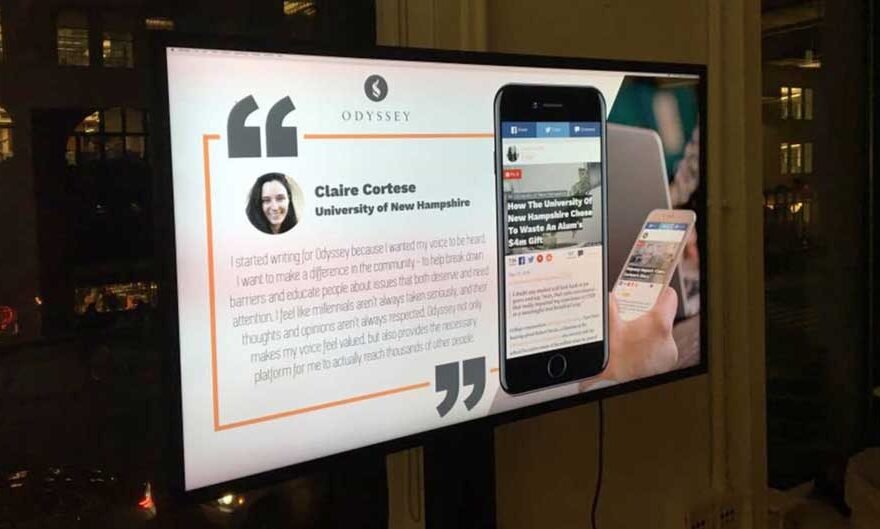Common Mistakes to Avoid in 3D Logo Animation Design
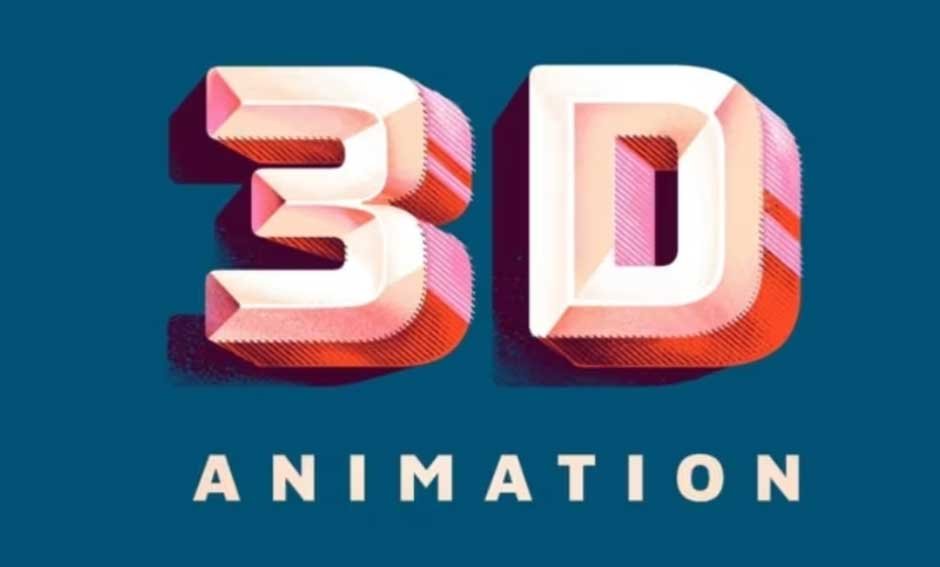
Through 3D logo animation, a company can turn its logo into an interactive visual experience that is easier to recall. However, creating a 3D animated logo that is effective needs one to be precise and to follow a standard procedure, for instance, trying to cut corners. Errors in this step can reduce visual appeal, compromise its message, or cause disorientation.
This article provides information on what, according to research, are the most common mistakes people make when doing animations to ensure that the strain on the viewer is mitigated while balancing the target audience and the company’s expectations.
1. Making It More Complex in Thoughts
Mistake: Overdoing it by using a lot of graphics and complicated 3D logo animation that makes the audience lose focus.
- Why It Happens: Designers try to make the animation look nice thinking it will make the viewer concerned more.
- The Impact: Seeing such fireworks like animation can make the audience forget the logo of the other branded product they saw or make them look up to identify the brand.
Solution:
Less is more. Use clear smooth transitions in clean animation with the goal of letting the logo animation do all the talking.
2. Forgetting the Brand Identity
Mistake: Develop a logo animation that is not relevant to the brand, tone, or industry in which the company exists.
- Why It Happens: This may occur when a designer focuses on beauty without thinking about the brand.
- The Impact: In this case, there will hardly be a need for any animation as people will struggle to identify the brand.
Solution:
The first thing that should be focused on is the brand itself – use brand colors, letters, and typography that align with the brand’s overall design language and message.
3. Disregarding the Target Market
- Mistake: Creating an animation that does not connect to the intended target audience.
- Why It Happens: The audience’s requirements are sometimes neglected by the designers as their usual type of focus is on personal preferences.
- The Impact: Emotions should be associated with animation for it to engage the audience – otherwise the animation will appear irrelevant.
Solution:
Culture-based expectations and norms revolving around the audience of the animation should be thoroughly examined to guarantee that the animation created meets their preferences.
4. Incorrect Animated Motion and Timing
- Mistake: Too fast, slow, or rhythmless animations.
- Why It Happens: The target audience is very uncertain and why to be uncertain when you can look up and ask your viewers?
- The Impact: Viewers can find the animation to be either annoying or dull.
Solution:
A series of animations at different speeds alongside test runs can change the outcome entirely – timings of transitions and changes are key.
5. Lens flare, shadows, and effects textures in excess
- Mistake: Anything aggressive appears with overly added effects.
- Why It Happens: The more the effort, the less effect right – a common misconception.
- The Impact: Cheesy animation is a side effect of excessive effects.
Solution:
Use them briefly and with intention. The modifications should be able to assist the functionality of the logo while pleasing the eye at the same time.
6. Poor Quality Animation
- Mistake: Loss of resolution, light, and poorly rasterized or in some cases not rendered at all animations.
- Why It Happens: When they have so much on their plate, they do not focus on the detail required from the final output.
- The Impact: Nobody likes to see an unpolished animation as it makes one appear less serious in one’s brand depiction.
Solution:
Rendering is successfully done when one invests in good rendering software and polishes the small necessary details to perfection like the lighting, texture, and resolution.
7. Stick to the right proportions
- Mistake: Elements like logos and images are in the wrong place and don’t match in the different sequences and sometimes movements as well.
- Why It Happens: There is room for a lack of care when animating and also designing.
- The Impact: Having varied or differing animation throughout different scenes loses the aesthetic and its function of what it is meant for.
Solution:
Every scene and animation of animation or mode must have correctly sized images or proportionally correct ones. The right tool for the job is using grids and guides in animating as well.
Conclusion
Three-dimensional logo animation can be a good way to build a brand and bring people to its products and services, but it needs to be done with care. Businesses can avoid common and ineffective approaches such as making designs too complicated, failing to reflect the essence of the brand, and focusing on the growth of the business and the functionality designed for it.
An exquisite three-dimensional logo animation embodies the spirit of professionalism, draws attention, and is usually hard to forget – all of these features make it a great advantage for a contemporary brand.
